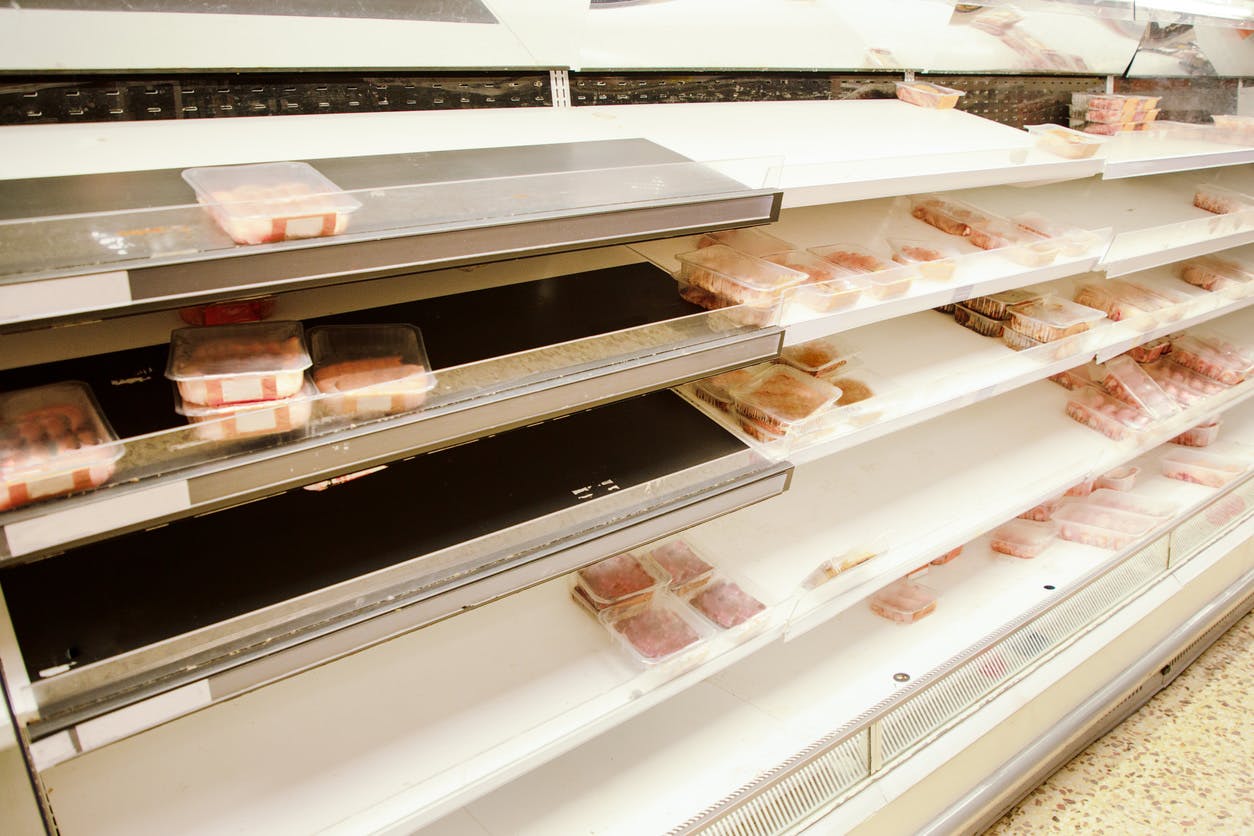May 26, 2020
The COVID-19 pandemic hit the majority of supply chains on some level. A recent poll from the Institute for Supply Management (ISM) showed that more than 80% of companies expect an impact from a pandemic disruption, and almost 75% are already reporting supply chain disruptions from related transportation issues. Some will experience a financial impact, with decreased revenue targets. For others it’s longer lead times to receive finished products or imported parts, due to diminished sourcing and manufacturing capacity abroad, or delayed shipping.
If supply chain executives aren’t giving serious thought to making changes going forward, they should be. COVID-19 was a wake-up call showing that many supply chains are less prepared for disruption, and less resilient than they should be. There are multiple reasons supply chains are hitting rough patches during this pandemic.
Just-in-time procurement
In an effort to save on warehousing and holding costs, just-in-time procurement gained popularity in recent years. As long as manufacturing and transportation are steady, the just-in-time approach works well. Procuring personal protective equipment (PPE) was the most visible example internationally of this model’s failure. But other industries were affected as well. American auto manufacturers learned in February that the disruption in Chinese manufacturing and shipping meant potential closures of domestic factories. With a shortage of parts from China, companies like General Motors faced shut-downs.
The ISM survey showed that 57% of companies experienced a longer lead time for Chinese-sourced components from tier-1 companies, as these Asian manufacturers were running at half capacity.
Visibility into the supply chain
With unconnected information systems, companies don’t always have visibility into their entire supply chain. Without the big picture into current supply levels, supplies en route, forecasted needs for supplies, and issues with suppliers, it’s hard to know the company’s current status. Add in global issues affecting manufacturing, warehousing and transportation, and that’s a lot to monitor manually. Many companies are not using networked systems that can better track and provide visibility into the end-to-end supply chain, putting them at a disadvantage when a black swan event like COVID-19 develops.
That means companies are reactive instead of proactive, and they’re starting from behind the 8-ball. A Harvard Business Review study showed that 70% of respondents to a survey conducted in late January and early February, were manually trying to identify suppliers in specific areas in China, to assess and collect supplier data as cities in China were locking down. Imagine how much faster these companies could respond if they had this information already available digitally.
Vetting suppliers for risk
Supplier diversity is important in times like these, when primary suppliers and entire countries may be inaccessible for a variety of reasons. Companies relying on one supplier or one region may have to scramble when the factory experiences delays or a country decides to invoke an isolationist stance for certain products for a period of time. The time to find additional suppliers is before you need them. Analysis by the New York Federal Reserve showed that companies who already developed relationships with non-Chinese suppliers before the pandemic, were able to increase their export volume from these alternative countries earlier this year, at a time when Chinese exports decreased. Those without the established relationships were left scrambling.
Applying lessons learned
Supply chains can’t easily be overhauled in the short term, but those looking to apply lessons learned going forward will be rewarded with better-run businesses. Leaders should reevaluate just-in-time procurement to determine if the model is meeting their needs, or if adjustments should be made. A company doesn’t have to change models completely. It could mean increasing stock on hand, or spreading out stock in additional regional warehouses for easier or closer access.
Better vetting of suppliers is a good long-term goal that can be approached in phases. It’s difficult to fully map a supplier network, but high-level mapping can help. Developing relationships with new suppliers in different countries, and transferring some orders there, is a helpful step.
Lastly, Networked Distribution provides end-to-end insights, giving 360-degree supply chain visibility. Using a platform like Stord’s, you can connect your entire logistics network, from ERP to WMS to TMS, in one integration. Information is available at a glance, even if the providers are different companies.
The COVID-19 pandemic may have thrown supply chains for a loop, but they can recover and improve going forward. Let Stord help. Contact us for solutions and see how easy it is to connect your systems.




